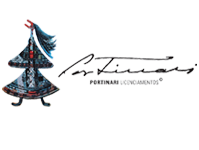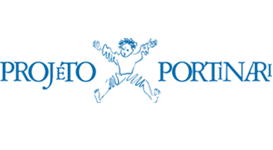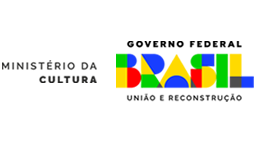Is Part Of
Has Part207
General Info
Name
Gustavo Capanema Palace (Economic Cycles)
Historical info
The set of works on Brazilian Economic Cycles, which decorates the courtroom of the Palácio Gustavo Capanema, is composed of twelve fresco murals, representing the cycles of Pau-Brasil, Cana, Cattle, Garimpo, Fumo, Algodão, Erva-Mate , Coffee, Cocoa, Iron, Rubber and Carnaúba.
The themes were decided, as reported by Afonso Arinos de Mello Franco
“I think that Capanema, in the part of his action that interested us, the cultural part, had autonomy, because Getúlio did not attach importance to culture. Getúlio considered culture as a way of acquiring prestige among an important layer, which was the intellectual layer.” (DE42, p. 25)
I had taught a course in Montevideo, at the University of Uruguay, on history and had chosen the topic of economic history. For the first time I tried to expose Brazil's economic evolution in terms of economic cycles. ... So Capanema, who had been interested in this course, told me 'You're going to give Portinari the topics for the panels he's going to do'. Hence the fact that I suggested to him the subjects of the panels, the themes.” (p. 4, p. 8)
“It was easy to feel that the Palace of Culture was the representation of that plastic, literary, artistic generation, which expressed itself through that house. That house was a challenge. Everyone wanted to tear it down, they thought it was ugly and then Vinícius wrote that beautiful poem about the house, don’t you remember?...” (p.16)
Original Place
Obras executadas para decorar o Ministério da Educação e Saúde (Palácio Gustavo Capanema), Rio de Janeiro - RJ
Notes
Twelve fresco murals.
See also OC 3 (general), OC 5 (auditorium), OC 6 (four elements) and OC 7 (tiles).
About
Work Featured in 199










